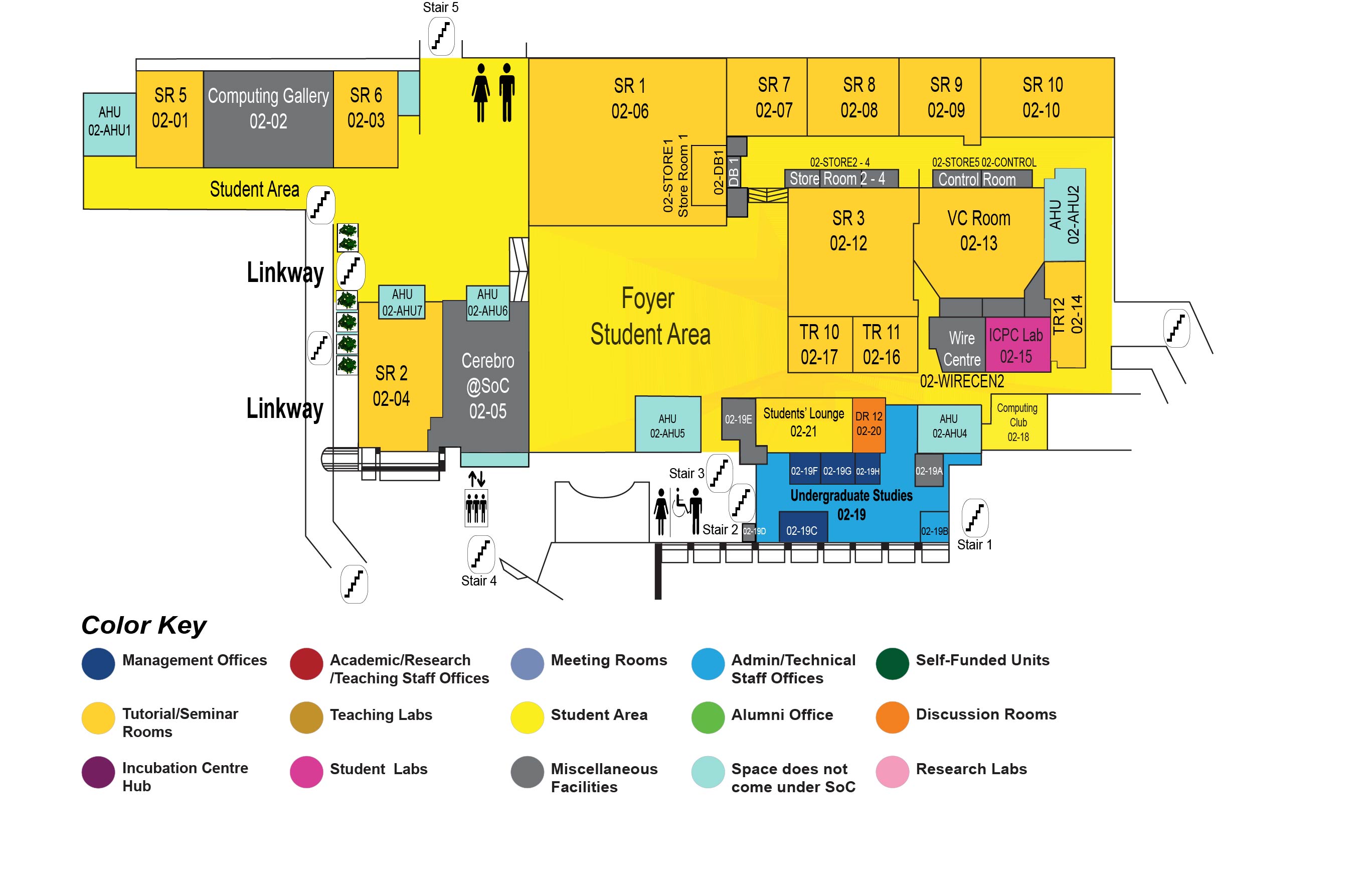Two Essays on Interface Designs in Collaborative and Social E-Commerce
COM1 Level 2
SR3, COM1-02-12


Abstract:
Interface design has been widely accepted as one of the crucial factors that contribute to the success of e-commerce. With the rapid development of Internet technologies, increasingly more e-commerce websites are attempting to incorporate collaboration and social networking technologies in interface design to create values for both consumers and businesses via enhancing synchronous and asynchronous social interactions among users. In this thesis, two studies are conducted to investigate the impacts of interface design that are of particular importance to collaborative and social e-commerce.
Specifically, Study One focuses on interface design issues for consumers involving in synchronous social interactions while shopping online (i.e. collaborative online shopping). This study compares three types of navigation support designs on the website interface: separate navigation with location cue, split screen navigation and tightly-bonded shared navigation. The impacts of navigation support designs on collaborative consumers? mutual understanding are investigated in a laboratory experiment involving 240 subjects (120 dyads). The results reveal that split screen navigation generally leads to better actual and perceived mutual understanding than separate navigation with location cue and tightly-bonded shared navigation. In terms of actual mutual understanding, the superiority of split screen navigation over tightly-bonded shared navigation is less prominent for consumers in co-buyers structure than for those in buyer/advisor structure. Overall, this study contributes to the IS literature by proposing new navigation support designs and enhancing our understanding of the effectiveness of different designs in improving consumers? collaborative online shopping experience.
Study Two concentrates on interface design issues for consumers participating in asynchronous social interactions on the shopping website (i.e. online social shopping). Particularly, this study explores the effects of interface display format on consumer behavior by comparing two prevailing types of interface designs: matrix display format and waterfall display format. Drawing on environmental psychology model, this study investigates how interface display format may influence consumer approach and herd behavior in online social shopping. A laboratory experiment was conducted and the results show that waterfall display format leads to more approach behavior for consumers with recreational motivation, but not for consumers with task-oriented motivation; meanwhile, comparing to matrix display format, waterfall display format decreases consumer herd tendency and the effect is more prominent for consumers with task-oriented motivation than for those with recreational motivation. This study contributes to the IS literature by revealing the distinct behavioral responses by consumers with various shopping motivations to different interface designs of online social shopping website.
This thesis concludes with a discussion on the theoretical contributions, practical implications and future research directions.

